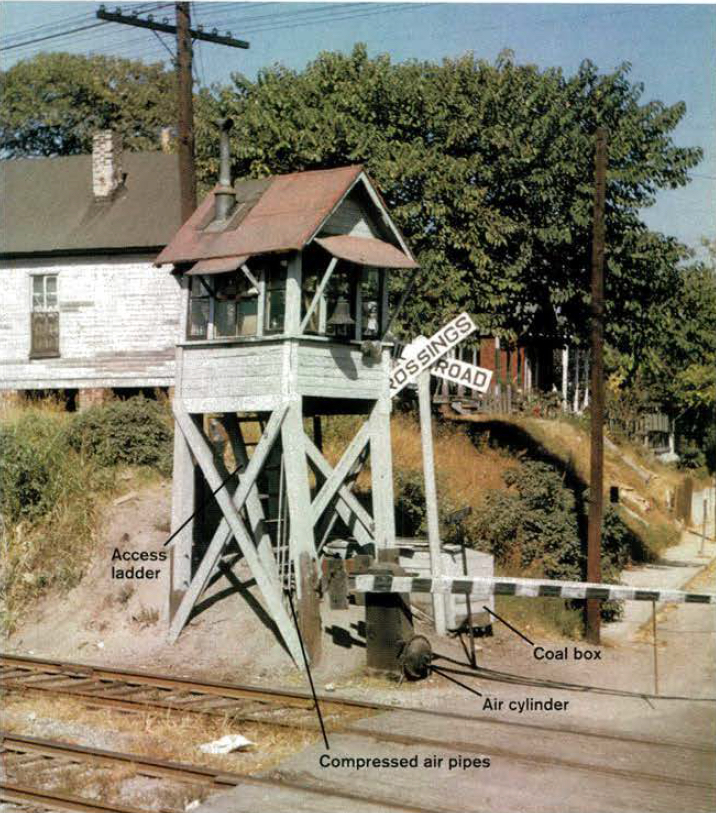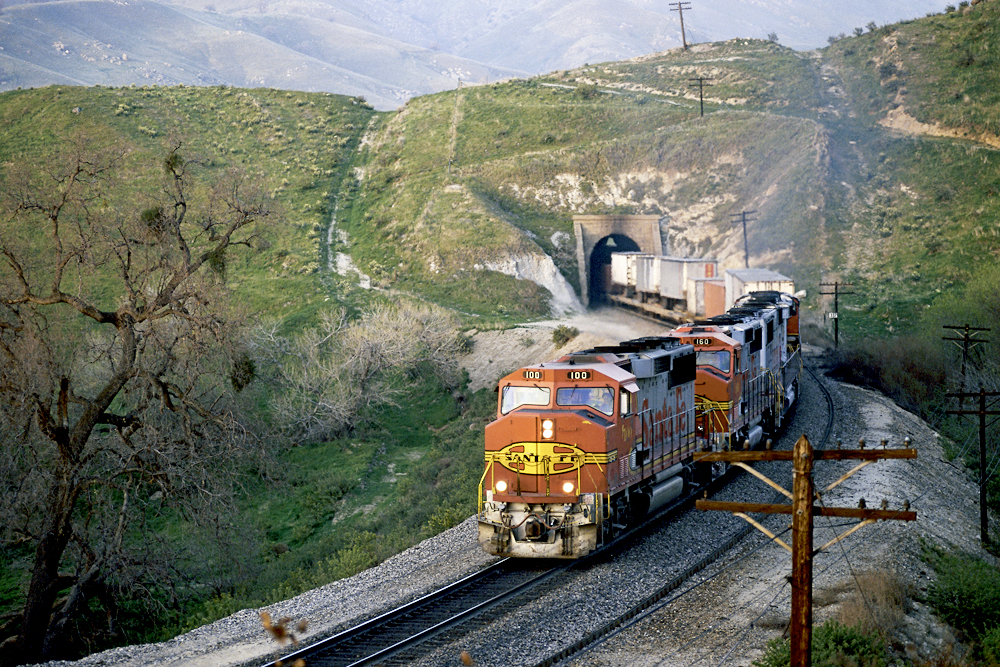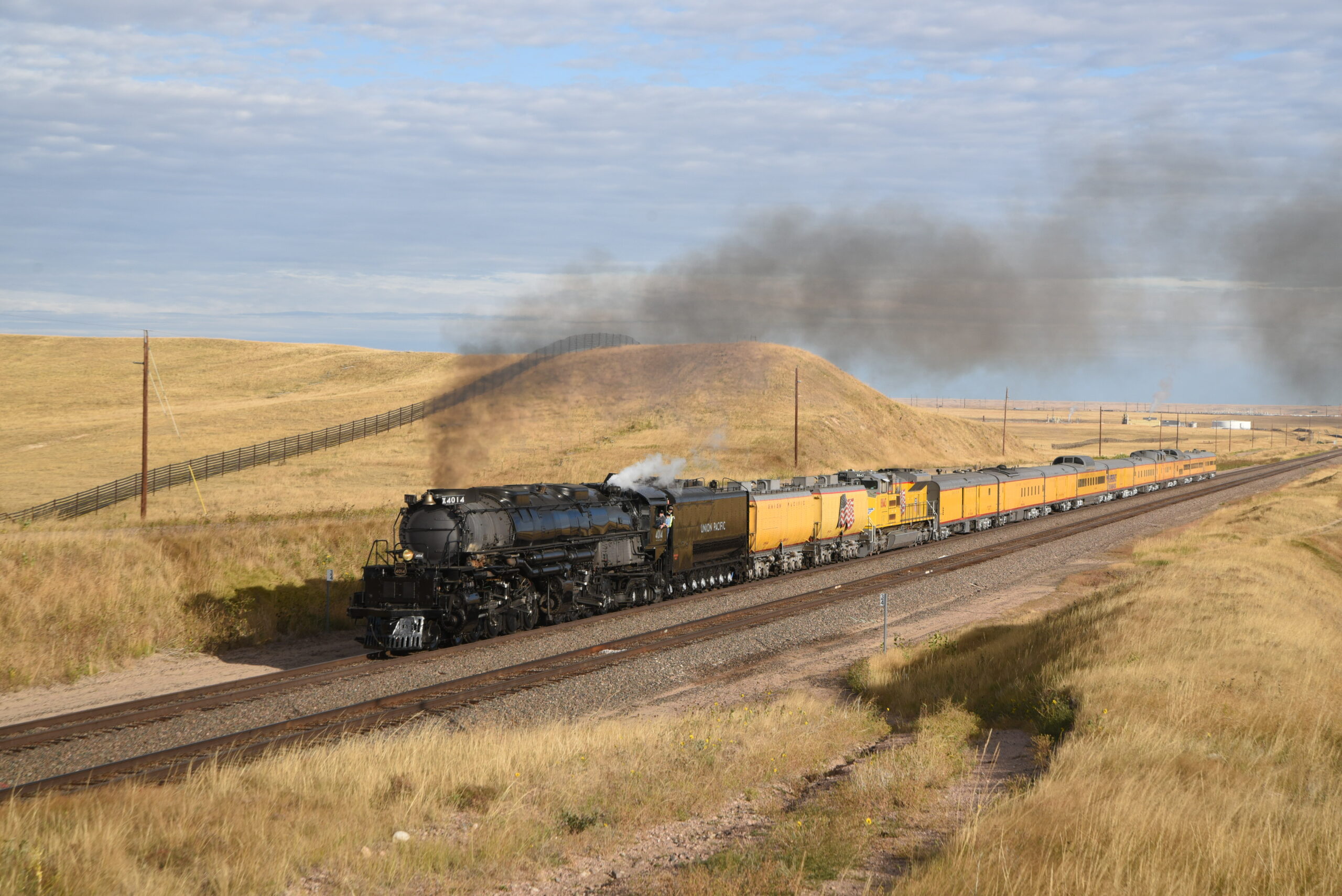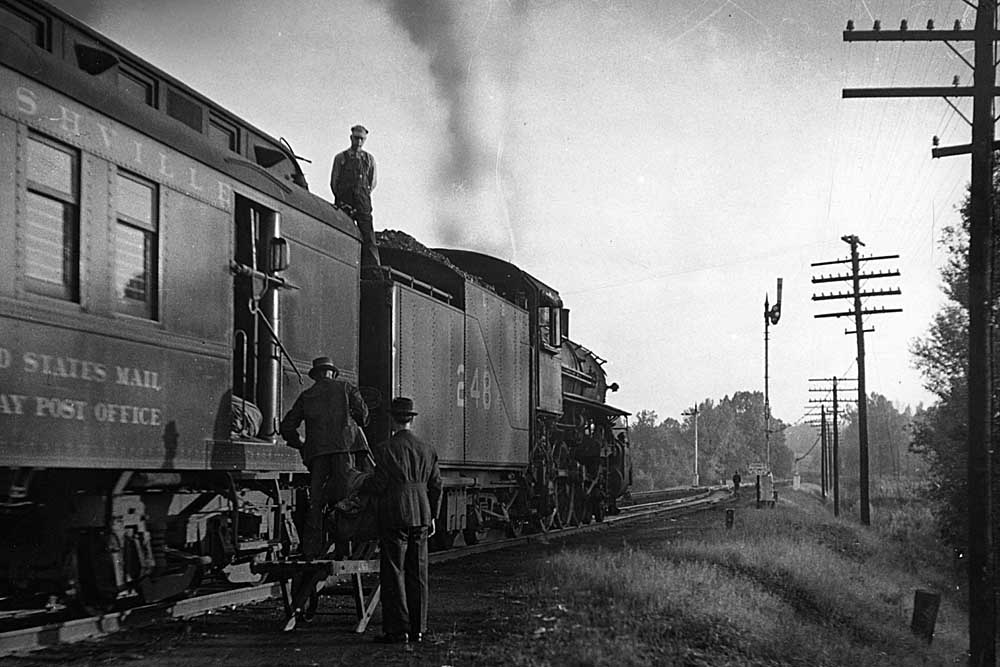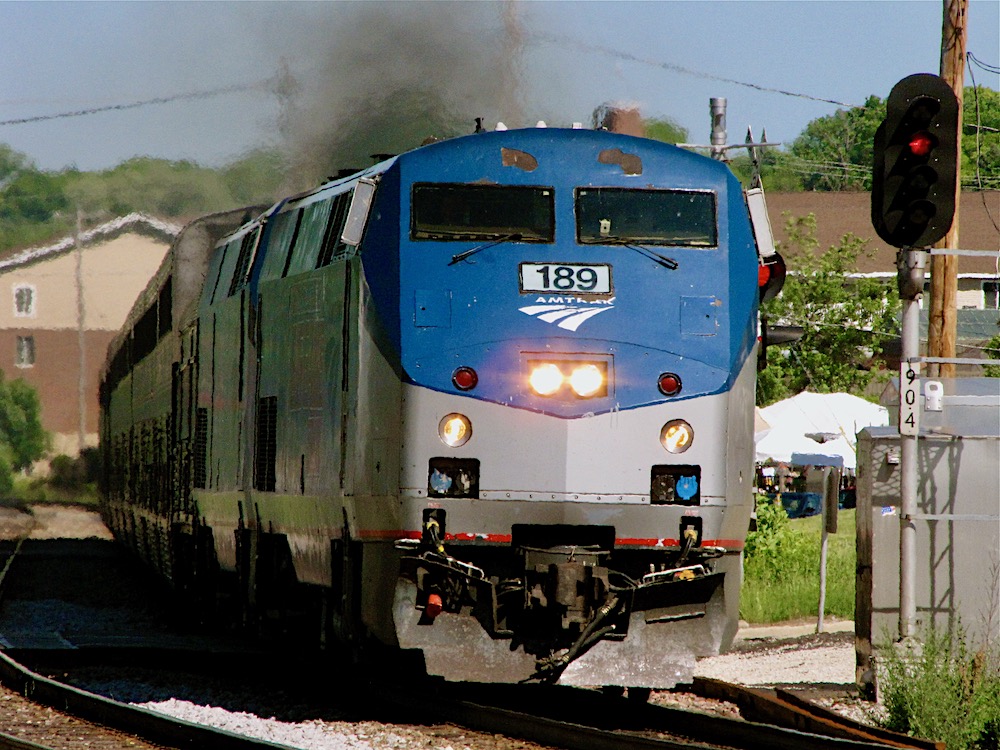
Head-end power: Dinner is about to arrive at table 7 in the Southwest Chief’s Superliner dining car. Outside, the late afternoon sun illuminates exhaust blasting skyward as the locomotives up front struggle to maintain speed up the more than 3% grade leading to the top of Raton Pass in New Mexico. Downstairs in the kitchen, the convection ovens, grills, and refrigerators are going full tilt. All of the train’s air-conditioners, water heaters, lighting, and other electric appliances necessary to keep every car of the Los Angeles-to-Chicago train comfortably habitable are drawing varying amounts of electricity from the straining beasts ahead.
Suddenly, the lights go out. The throaty roar of the diesels charging up Raton is now clearly audible through the glass because the whirring fans have all fallen silent.
What happened was no head-end-power (HEP) failure (an occasional occurrence, often caused by cables parting). Rather, the engine crew made a conscious decision to shut off the train’s electricity for a few minutes until Amtrak train No. 4 made it over the hill. If the HEP train line was drawing 500 kilowatts — about average for a train equipped like the Southwest Chief — an additional 670.2 h.p. became available for traction by relieving the engines of the HEP load.
“The trade-off between head-end power and horsepower is often misunderstood,” says Kenneth M. Watkins, who served as director of equipment design in Amtrak’s office of engineering. “It’s really quite simple: 1 horsepower of traction is sacrificed for every .746 kw of power generated, regardless of what type of locomotive is supplying the HEP.”
Beginnings of locomotive-supplied auxiliary power
Before the advent of HEP, cars got their heat from steam piped back from the locomotive. Electricity for other “auxiliaries” like train lighting, ventilation, and air conditioning came from generators on each car driven by small engines or the rotation of the axles. When steam locomotives gave way to diesels, the new diesels were obliged to carry steam generators in their carbodies to heat the existing rolling stock. But with the 4-6-4’s and their brethren out of the picture by the late 1950s, there was no need to stick with steam for train heat.
Some passenger-train builders and operators began to focus on the diesel locomotive as the source of a train’s “hotel” power as well as its motive power, thus simplifying maintenance and increasing reliability. But with passenger-train investment at a low ebb in the 1960s, large-scale adoption of HEP would have to wait until 1975, when Amfleet cars and F40PH and P30CH locomotives began to enter service.
Earlier applications of the genre, such as Chicago & North Western’s bilevel commuter and intercity trains of the late 1950s, swapped out steam generators at the back of 1500 h.p. F7s and 2250 h.p. E8s for separate diesel generator sets. These ran at a constant speed to ensure that a steady supply of 480-volt, 60-cycle, alternating current (A.C.) was made available, while the prime mover operated independently.
As locomotive horsepower increased, a separate A.C. HEP generator attached to the main diesel took its place along with the D.C. generator making electricity for the traction motors. When this happened, the prime mover’s rpm’s had to be maintained at a constant speed so that the alternator armature changed the direction of the train-line A.C. 60 times (or cycles) every second.
Balancing horsepower and hotel power
Amtrak’s locomotives can be set to produce traction power only, head-end power only, or both — the speed of the prime mover varies with each setting. “An electronic circuit [reduces] excitation of the main generator for propulsion to the extent that head-end power is needed to maintain that rpm,” explained John Wood, who was manager at Amtrak’s 14th Street shop in Chicago. He recalls a bitterly cold January day when the 3-trains-in-1 California Zephyr, often 16 cars long, drew 700 kw when it was first plugged in before departure. (The 3000 h.p. diesel in an F40 – the long-distance locomotive then in use – turned at 893 rpm in the traction/HEP mode.) “We almost didn’t release the train,” he recalls, “but gradually the heaters began shutting off and the load dropped to around 550 kw.”
The 12-cylinder, 3200 h.p. P32 (Dash 8) and the 16-cylinder, 4000 h.p. Genesis-Series P40 generate their rated horsepower for traction only when the HEP is off and the diesels are free to spin at 1050 rpm. When the HEP panel switch in the cab is moved to the “normal” position, providing traction and train electricity, the engines in both types of locomotives drop down to 900 rpm and immediately reduce to 2900 and 3650 h.p., respectively.
Moving the switch to the “standby” position on the P32 and Genesis P40 makes the diesel spin at 720 rpm (as it does on an F40). Offering greater fuel efficiency and quieter operation while a train is sitting in a station, this setting taps the main alternator for electricity, but no movement can take place.
On the dual-power P32AC-DM locomotives used in New York-Albany service, A.C. solid-state invertors for generation of HEP ensure that the engine does not have to spin at a constant speed. It is determined by the microcomputer responsible for the A.C. invertors, which flip the current back and forth at 60 cycles per second. Also, regeneration allows current derived from dynamic braking (the conversion of traction motors into generators to reduce speed) back to the invertor where it can satisfy HEP demands. If these A.C. units had been on the Southwest Chief, the roll down the other side of Raton Pass could have helped cook a New York strip steak!
Where more than one locomotive is utilized to haul a train, only one unit’s horsepower is drained by head-end-power requirements. Thus, using the .746 formula and assuming 500 kw of HEP, a second unit actually increases horsepower by almost 130%. Swapping two 4000 h.p. P40s for three 3000 h.p. F40PHs on the Auto Train reduces operating costs by one-third with only a 9% reduction in horsepower.
Ironically, a 125-mph Metroliner powered by an AEM-7 electric locomotive draws only about 200 kw with its short consist while operating under the almost limitless power source provided by the 11,000-volt catenary.
But wherever power-hungry trains run over steep grades like Raton, head-end power and horsepower are a trade-off.






